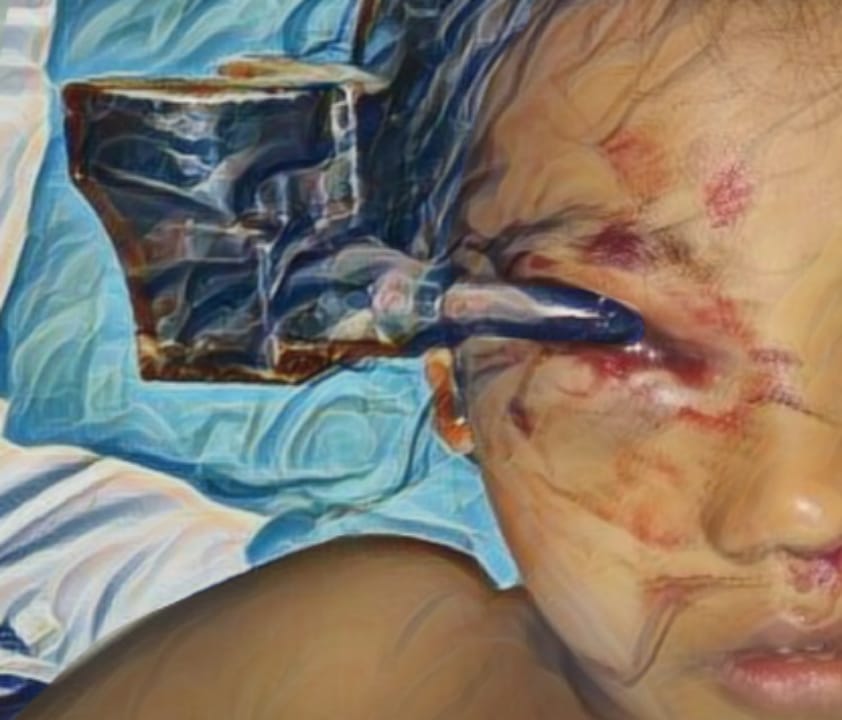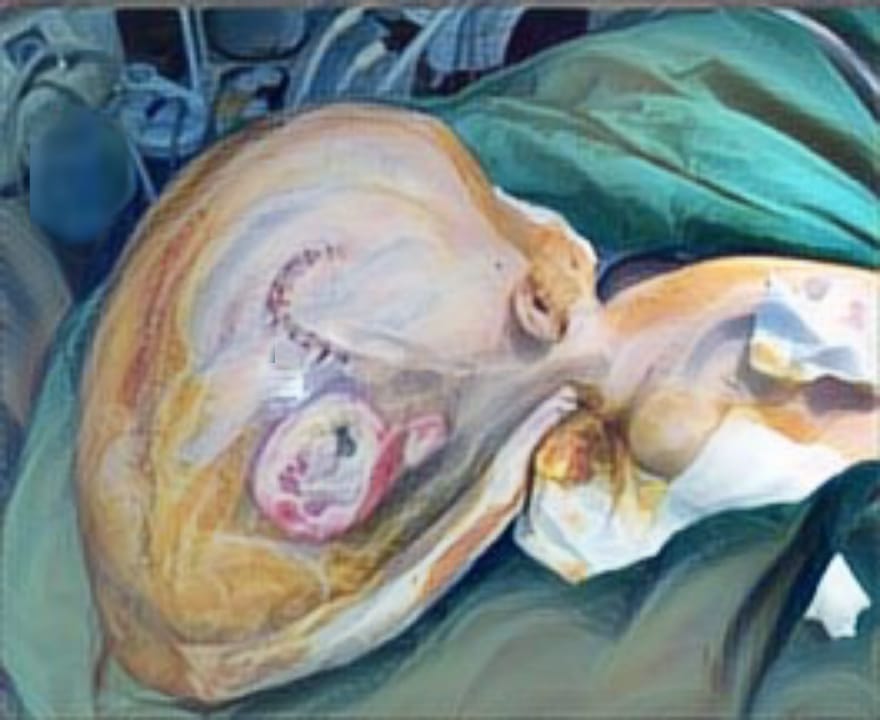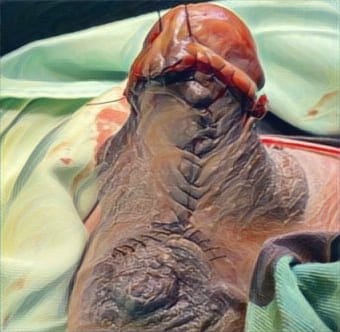PALATAL FRACTURE FIXATION ON SEVERE PANFACIAL FRACTURE: IS THERE ANY CLINICAL SIGNIFICANCE?
Downloads
Highlights:
- A panfacial fracture patient received effective surgical treatment, with a primary focus on aligning the upper jaw arch by addressing the hard palate through various surgical methods.
- Palate fractures, while relatively rare, require plate stabilization and can lead to challenges such as teeth misalignment and wound issues.
Abstract:
Introduction: Fractures of the hard palate are infrequent. They are found in less then 10% of patients with midfacial fractures. They practically never occur in isolation and are usually part of alveolar process fractures or more complex midfacial fractures of the Le Fort type. Treatment of palatal fractures is planned and performed with the goal of restoring the transverse width of the palate, the anteroposterior projection of the maxillary arch, and the patient's pretraumatic occlusal plane, as well as maintaining horizontal stability of the midface.
Case Illustration: Reporting patient female 17 years old with panfacial fracture due to traffic accident. There was slight epidural haemorrhage on frontal area. The fractures are on upper face, midface, and lower face including the hard palate. We performed open reduction internal fixation on palate to correct the arch of the upper jaw. The other fracture site can be corrected easier. The approaches that we done are bicoronal, subsilier, and intraoral.
Discussion: In a case of severe panfacial fracture with upper jaw misalignment and an existing laceration, we opted to use miniplates for palatal fixation without making new incisions. Palate fractures are relatively uncommon and are associated with significant rates of malocclusion and wound complications. These injuries are typically managed with plate fixation of the alveolar ridge with variable approaches to the palatal vault.
Conclusion: The patient was successfully treated using bottom-up and outside-in sequence by accessing all facial injuries. Postoperatively, radiograph examination revealed good reduction and fixation of titanium plates, and physical examination revealed good functional and aesthetic outcomes. However, it's important to note that there's a risk of osteosynthesis material exposure in the future.
Schutz P, Anderson L. Midfacial Fractures. In Andersson L, Kahnberg KE, Pognel A, editors. Oral and Maxillofacial Surgery. Oxford: Blackwell; 2010. p. 875.
Lim SU, et al. Malocclusion after open reduction of midfacial fracture: a case report. J Korean Assoc Oral Maxillofac Surg. 2017. 4(3): 53-6.
Moss WJ, et al. A review of hard palate fracture repair techniques. Journal of Oral and Maxillofacial Surgery. 2015:34.
Cienfuegos, Sierra E, et al. Treatment of Palatal Frature by Osteosynthesis with 2.0-mm Locking Plates as External Fixator. Craniomaxillofac Trauma Reconstruction. 2010 .3:223-30.
Clauser L, at al. Severe panfacial fracture with facial explosion: intergrated and multistaged reconstructive prosedures. J Craniofac Surg. 2003.14:893-8.
Mark DW, et al. Sagittal Fracture of the palate: A new method of treatment. Can J Plast Surg. 1995.3(2).
Morris CD, and Tiwana PS. Diagnosis and Treatment of Midface Fractures. In Fonseca RJ, Barber HD, Walker RV, Powers MP, Frost DE, editors. Oral and Maxillofacial Trauma fourth edition. Missuori: Saunders; 2013: 422.
Copyright (c) 2018 Arif Tri Prasetyo, Magda Rosalina Hutagalung, Lobredia Zarasade

This work is licensed under a Creative Commons Attribution-ShareAlike 4.0 International License.
JURNAL REKONSTRUKSI DAN ESTETIK by Unair is licensed under a Creative Commons Attribution-ShareAlike 4.0 International License.
- The journal allows the author to hold copyright of the article without restriction
- The journal allows the author(s) to retain publishing rights without restrictions.
- The legal formal aspect of journal publication accessbility refers to Creative Commons Attribution Share-Alike (CC BY-SA)




















